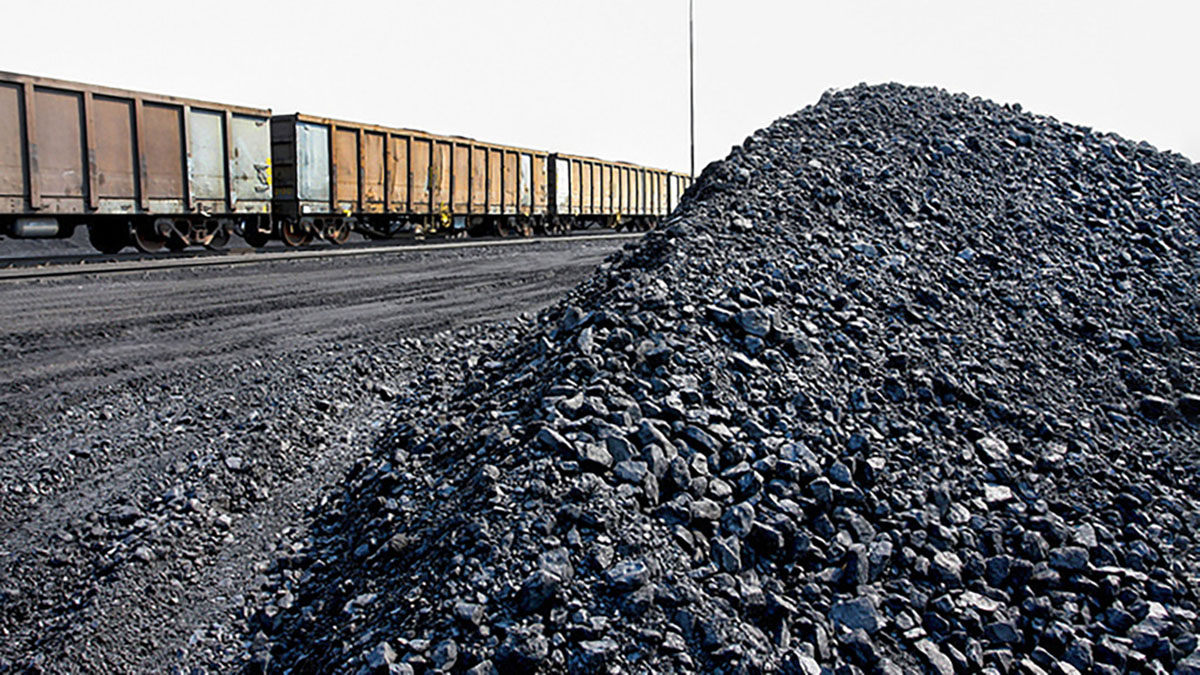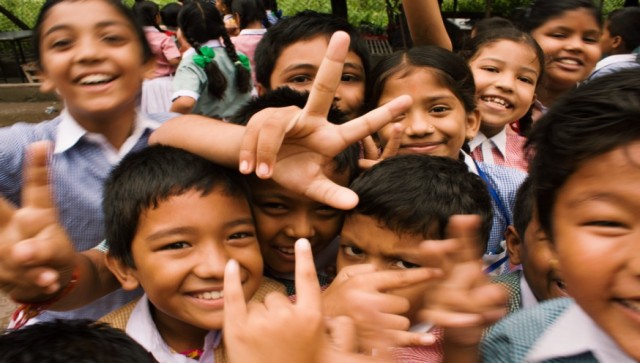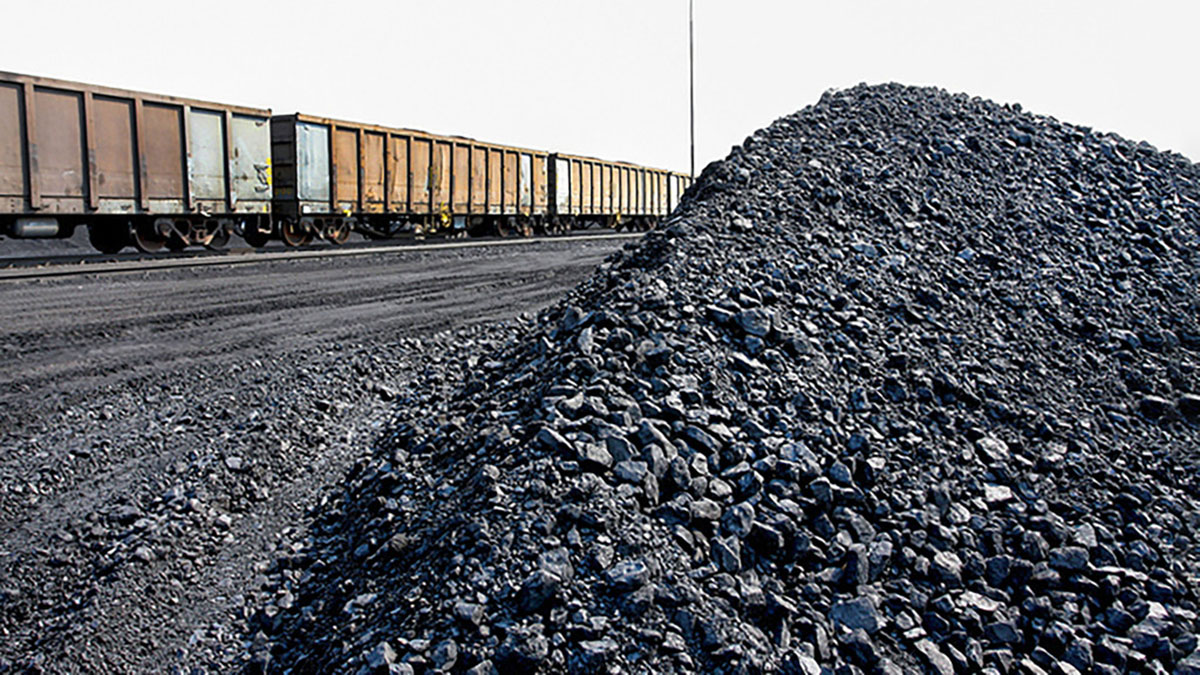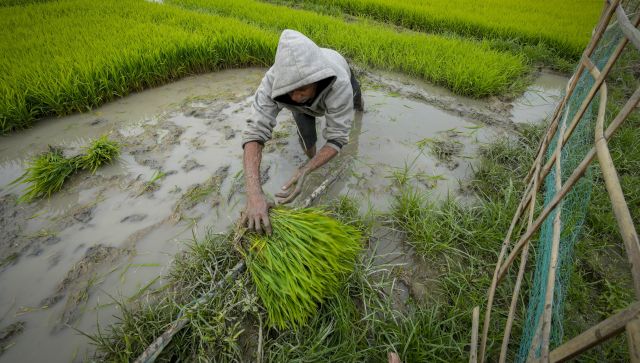Does an image have the power to bring about change for the better?
Cynics might say no, but noted photojournalist Selvaprakash Lakshmanan isn’t among them.
It is his belief in the power of the image that has promoted Selva to spend the last eight years documenting the terrible effects of climate change, industrial pollution and other natural and man-made crises on the coastline of India.
His photo series, called Life In Troubled Waters, had its seeds back in 2008 when Selva visited Rameswaram, following up a story about Indian fishermen who had crossed into Sri Lankan waters.
As he delved into the issue, the outline of a larger problem began to emerge. At the same time, he was also selected for a coastal environmental programme at the Swedish institute, Fojo . “The course focused on fishermen’s, environmental and coastal issues; it was very intense,” says Selva, crediting it with giving him a broader perspective that informed his approach to Life In Troubled Waters as well.
The project had its milestone in 2010, when Selva received a National Foundation For India Fellowship. The grant brought him welcome financial support (Troubled Waters had been a self funded project thus far). More importantly, it gave him a timeline for his project. Selva began to travel to coastal areas he had identified nearly every alternate week — with the approval of his editors at Time Out, where he was employed as a photographer. “The financial and organisational support were both very important, making it possible for me to produce a lot of work,” says Selva, who has extensively covered the coastlines of Tamil Nadu, Karnataka, Kerala and even Maharashtra and Goa as part of his project.
Eight years is a long time, and during this period Selva’s project and the areas, communities he was documenting, underwent a fair bit of change. Once the NFI Fellowship ended (around 2012), Selva found himself revisiting image and places he hadn’t been able to focus on too much because of previous constraints.
One such ‘revisit’ was to Dhanushkodi, the town in Tamil Nadu that was among the worst hit during the 1964 cyclone. During an earlier visit, Selva had captured just one image here, of a man digging for drinking water. When he returned, he found there was an entire story to narrate, of the people who lived in this reportedly uninhabitable town.
“Dhanushkodi is called a ghost town and the government has declared it ‘unfit to live’,” says Selva. “But nearly 400 fishermen families do live there. There’s no water or electricity, but they have a few solar panels… now the idea of a place being ‘unfit to live’ is when the groundwater or air pollution (goes beyond a certain point). But by 2025, by some estimates, Bengaluru will be unfit to live in. Whereas at Dhanushkodi, if you dig a few feet, you get sweet groundwater.”
If the story of Dhanushkodi is interesting, then even more so is that of the Ghoramara Island. Selva visited this “disappearing island” in West Bengal in collaboration with the NGO Development Research Communication Services Centre (DRCSC). There, Selva — who speaks no Bengali and only a smattering of Hindi — stayed with the fishermen in their homes and attempted to frame the ecological crisis they are living with, in his images. One particularly striking image is that of a woman in a yellow sari, who stands on shore with her back to the camera, looking out over the sea that threatens to swallow the island entirely.
From his stay at Ghoramara, Selva recounts another incident: “I was shooting one day when I came across a few men, and one of them used 2-3 Tamil words when talking to me! It turned out that he had worked in a construction company near Cuddalore!”
DRCSC is one of the organisations doing good work to reverse the adverse effects of climate change and pollution in coastal areas, says Selva. But a lot more — buttressed by proper research and a scientific solution — needs to be done, he adds. “Climate change is definitely a factor, yes, (that has played havoc in coastal areas) but there are also man-made reasons, and we can at least deal with those,” he points out.
What makes coastal areas such sensitive markers for studying the effects of climate change, pollution etc? For Selva, the answer lies in the contrast: “When you think of a beach, you visualise a beautiful, clean place. But when you see a thermal plant on a beach, it has an impact… Climate change affects all places, but in coastal areas it’s a lot more visible. You can see the sea level rising, the erosion,” he says.
And that brings us to whether or not Selva is driven by a moral impulse in his photography — does he believe he has a duty to capture images that are not just aesthetically arresting, but also offer a social comment?
“There are people who say a photo can’t bring about change,” says Selva. “But I have a question — if a photo cannot really change anything, then why does the advertising industry pour so much money into creating certain imagery? I believe photography can make an impact, but it depends on who sees it, and what they see in it.”
Selva mentions a time when he had stopped working on the Life In Troubled Waters series for a while; he found himself questioning how his own behaviour as a consumer was contributing to the conditions he was documenting: “The consumer has a direct relation with climate change… The industries that pollute, who are they making things for? Us. Power plants, garbage… Well, whose garbage is it? Consumer culture has created this.”
“The reason for climate change is the way we live.”
Follow Life In Troubled Waters on Instagram.


)




)
)
)
)
)
)
)
)